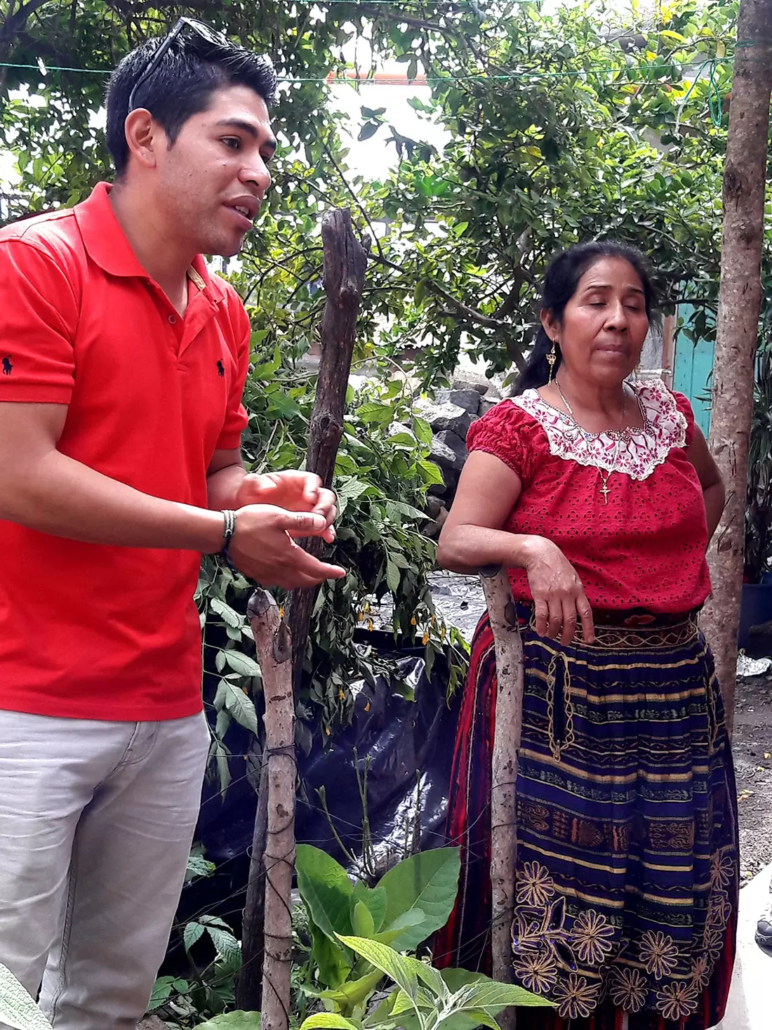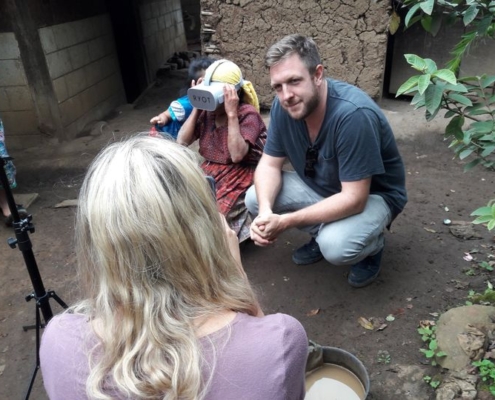Guatemala Herbal Medicine Shamans.
The climate in the Highlands of Guatemala is extremely favorable to a vast variety of flora, and the Shamans and healers take full advantage of the diversity of plant life.
The shamans and healers understand the natural healing power of various plants and trees and have been utilizing their leaves, flowers, and roots for centuries to cure ailments, promote relaxation, and ease both physical and psychological pain.
In rural Guatemala, it is common for the local villagers to go to a shaman or a healer before going to a doctor.
They focus on treating the underlying conditions, not the symptoms as is often the case in Western medicine the recovery ultimately is more firm.
Health and medicine among the ancient Maya was a complex blend of mind, body, religion, ritual, and science. Important to all, medicine was practiced only by a select few, who generally inherited their positions and received extensive education.
These shamans acted as a medium between the physical world and the spirit world. They practiced sorcery for the purpose of healing, foresight, and control over natural events.
Since medicine was so closely related to religion, it was essential that Maya medicine men had vast medical knowledge and skill.
It is known that the Maya sutured wounds with human hair, reduced fractures, and were even skilled dental surgeons, making prostheses from jade and turquoise and filling teeth with iron pyrite.
Guatemala Herbal Medicine Shamans and Healers
If you are a doctor, nurse, aspiring botanist, a curious observer, or simply are interested in health and wellness join us for this 1-day tour as we meet with a Tz’utujil Mayan healer, explore her medicinal garden, and learn about the powers of plants.
Herbal Medicinal plants are one of the world’s most valuable assets and our healer will introduce you to indigenous remedies.
The term Curanderos is predominantly used in Latin American countries, particularly in Mexico, Central America, and parts of South America, where indigenous healing practices have been preserved.
Curanderos are believed to possess special abilities or knowledge that allow them to diagnose and treat various physical, mental, and spiritual ailments. They often combine elements of indigenous healing traditions, shamanism, herbal medicine, energy work, and Catholicism or other religious practices. The specific techniques and beliefs associated with curanderismo can vary widely depending on the region and cultural context.
The Maya used plants not only for their medical value but for their spiritual value in ritual practices as well.
Herbal Medicine Shamans and Healers
Shamanism is a practice that involves a practitioner reaching altered states of consciousness in order to perceive and interact with what they believe to be a spirit world and channel these transcendental energies into this world.
Beliefs and practices that have been categorized as “shamanic” have attracted the interest of scholars from a wide variety of disciplines, including anthropologists, archaeologists, historians, religious studies scholars, philosophers and psychologists.
Hundreds of books and academic papers on the subject have been produced, with a peer-reviewed academic journal being devoted to the study of shamanism.
In the 20th century, many Westerners involved in counter-cultural movements have created modern magico-religious practices influenced by their ideas of indigenous religions from across the world, creating what has been termed neoshamanism or the neoshamanic movement
This is a wonderful opportunity to deepen your connection to herbal medicine in a rich sensory experience in one of the most beautiful places on earth.
Guatemala Herbal Medicine Shamans and Healers Workshop
DURATION: 7-8 hours
LOCATION: Around Lake Atitlan
PHYSICAL LEVEL: Easy to Moderate
PRICE: $150.00 (Q1150) – 1 person (private workshop) / $100.00 (Q770) – 2 or more people
DAYS OFFERED: Appointment only.
BOOKING REQUIREMENTS: Reservations should be made 48 hours in advance.
TOUR INCLUDES: Mayan medicine instruction, traditional tipico lunch, transportation, and guide/interpreter.




